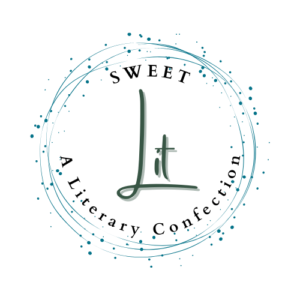Dear Chelsea,
I must admit: the sight of a dead, mangled animal makes me queasy.
Growing up in Indiana, surrounded by acres of cornfields, living in what felt like the coyote hub of the Midwest, I saw my fair share of animals torn apart by predators. My German Shepherd enjoyed the hunt. My friends’ fathers were avid hunters, always elaborating on the process of draining their conquests, always debating my claims of, “But they have a family!”
This connection to other living things is a constant in my life. When I was in first grade, my best friend and I found a dead bird lying near a tree in her front yard upon returning home from church. Still in our Sunday best, we clamped the bird between two sticks, careful to not drop it, before honoring it with a silent burial. It had a family. I’m always searching for parallels and commonalities between fixed creatures and my own human body, always wondering how empathy bridges the seemingly most different creatures.
So when I say I tore through The Skinned Bird in awe, admiring how every word’s meaning extended beyond the page, how every word worked to progress this collection further, I mean it. I am in awe.
Your collection seamlessly weaves research and exposition, science and prose, never leaving me behind, posing questions, giving us flickers of the answers. I cannot pinpoint what drew me in most, but I can say I was hooked from the first essay, “Critical Learning Period.” When in conversation with your mother, the act of comparing the developmental stages in both humans and birds is breathtaking: “I tell her that even scientific analogies have their limits. I tell her starlings and mockingbirds continue to learn songs throughout adulthood. I tell her about the zebra finches, how they learn to ignore the sound of their fathers’ voice”.
And then, in your essay, “How to Skin a Bird,” the braided effect of the skinning process works both in contrast and comparison with familial relationships: skinning the bird, the narrator’s relationships with her father, mother, and grandparents. Each detail of skinning a bird, while simultaneously exquisite and grotesque, serves a purpose: “With proper preparation, it will keep this shape through decades of routine handling”. Again, I’m absorbed in the careful process and pinning of your language as much as I am the parallels between the skinning and the family.
As if to emphasize the world’s preoccupation with the female body, we see this reiteration in “Crazy.” This essay does not mention birds. Not once. But traces of the skinning process are apparent—these essays need each other. Your perception of the natural world is astonishing.
Each essay in this collection is in conversation with each other. We see a baby bird, affected by trauma and loss, leave a broken nest, mature, and migrate toward something. Anything. And rather than dive into metaphor of the human as a baby bird, you say, “I’m not trying to say I’m anything like a song bird. I’m not trying to say anything about the institution of marriage, or my disposition for it. I’m trying to say that sometimes it’s easier to describe one’s arc far from the heart of things”. We don’t have to transform into other creatures to better understand ourselves. Sometimes we just need the conversation, the parallels. The empathy in understanding.
My state’s bird is the Cardinal. It’s also the mascot of my alma mater. Before reading your collection, I hadn’t given it much thought. Now, reading The Skinned Bird in Florida, a place destined for snowbirds, as I try to find meaning in my own upbringing, I cannot help but wonder if these small pieces of the familiar contain even a flicker of the meaning I so badly want to discover.
When I sat down to write this review, I questioned my ability. My authority. My credibility. I posed these questions not because I felt excluded or unworthy, but because I fell in love with The Skinned Bird. I found familiarity on every page, and I know future readers will too as they consider their homes and families as well as their inevitable loneliness and eventual togetherness. How do I know this? Because, like the birds in your collection, we’re all “barreling toward something”.
I hope you find that something.
Your fan,



